- Home
- Trend
- Weight Loss Strategies
- Acne Tips
- Hair Health Information
- Blemish Removal Tips
- Acne Scar Removal Tips
- Muscle Building Techniques
- Intimate Care Tips
- Postpartum Intimate Care
- Eye Bags Wiki
- Tips for Face Slimming
- Secret of Permanent Hair Removal
- Breast Enlargement Tips
- Cure to Snoring
- Marionette Lines
- Skin-Tightening Secrets

免費體驗
Acne Treatment
1 Minute Self-Registration
Date should not be before minimal date
Everyone wants fresh, glowing skin, but with so many products out there, it can be tough to know what really works. That's where a facial cleansing brush comes in. This simple yet powerful tool can make a huge difference in the health of your skin. Whether you're dealing with clogged pores, looking to exfoliate dead skin cells, or just want to achieve a more even complexion, a facial cleansing brush is the ultimate solution ! Read on to discover what exactly a cleansing brush is, and explore the many benefits it can bring to your skincare routine. Get ready for your skin to be deeply cleansed like never before!
1
What is a Facial Cleansing Brush?
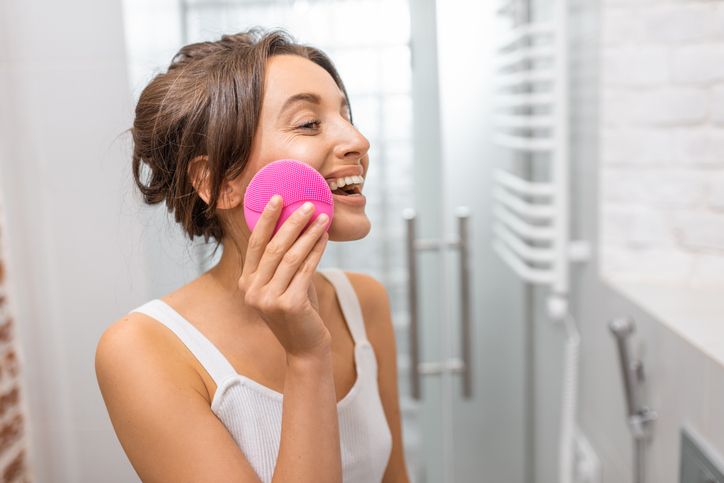

2
How to Use a Facial Cleansing Brush
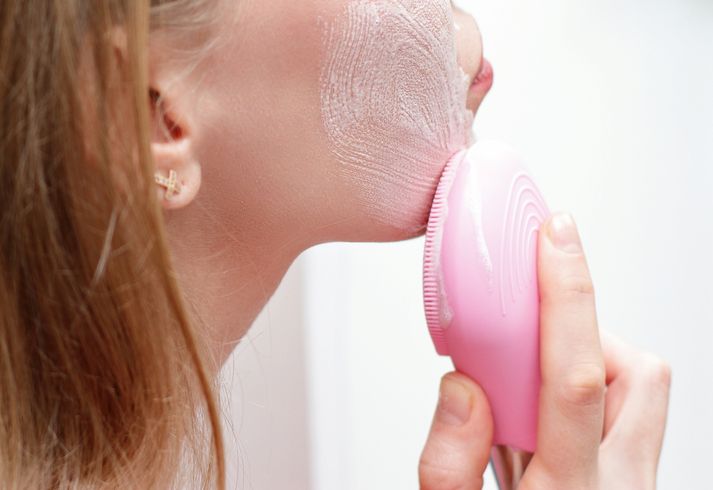
Step 1: Choose the Right Brush Head
Step 2: Wet Your Face and Brush
Step 3: Apply Your Favorite Facial Cleanser
Step 4: Turn On the Brush and Begin Using It
Step 5: Rinse Your Face
Step 6: Clean Your Facial Cleansing Brush
Step 7: Follow With Your Skincare Routine
- Period Acne Why And How: Achieve A Healthy Skin By Defeating Them
- Is Papaya Ointment A Miracle Acne Remedy? 5 Types Of Acne + Benefits Of Papaya Ointment
- Tetracycline Acne Treatment: How It Works + 4 Common Misconceptions Debunked
- Medical-Grade AHA Peels: Everything You Need To Know About Acid Types + 4 Major Skincare Benefits!
3
Benefits of Using a Facial Cleansing Brush
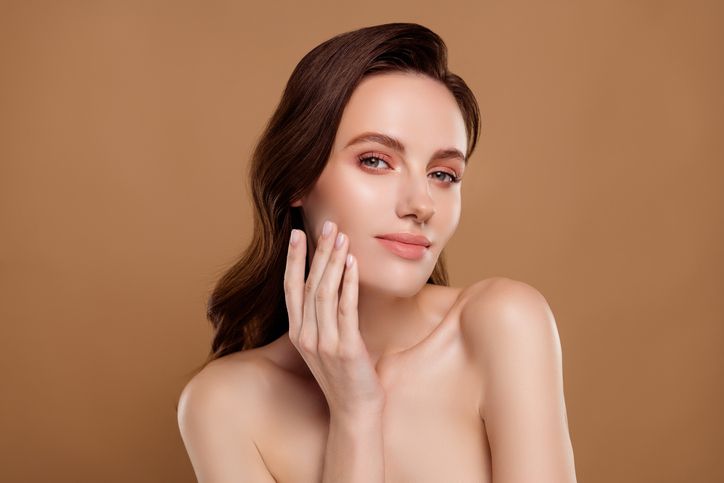
1. Deeply Cleanse and Unclog Pores
2. Exfoliate Dead Skin Cells
3. Increase Blood Flow and Promote Skin Health
4. Gentle on Sensitive Skin
5. Enhance Absorption of Skincare Products
6. Achieve a More Even Complexion
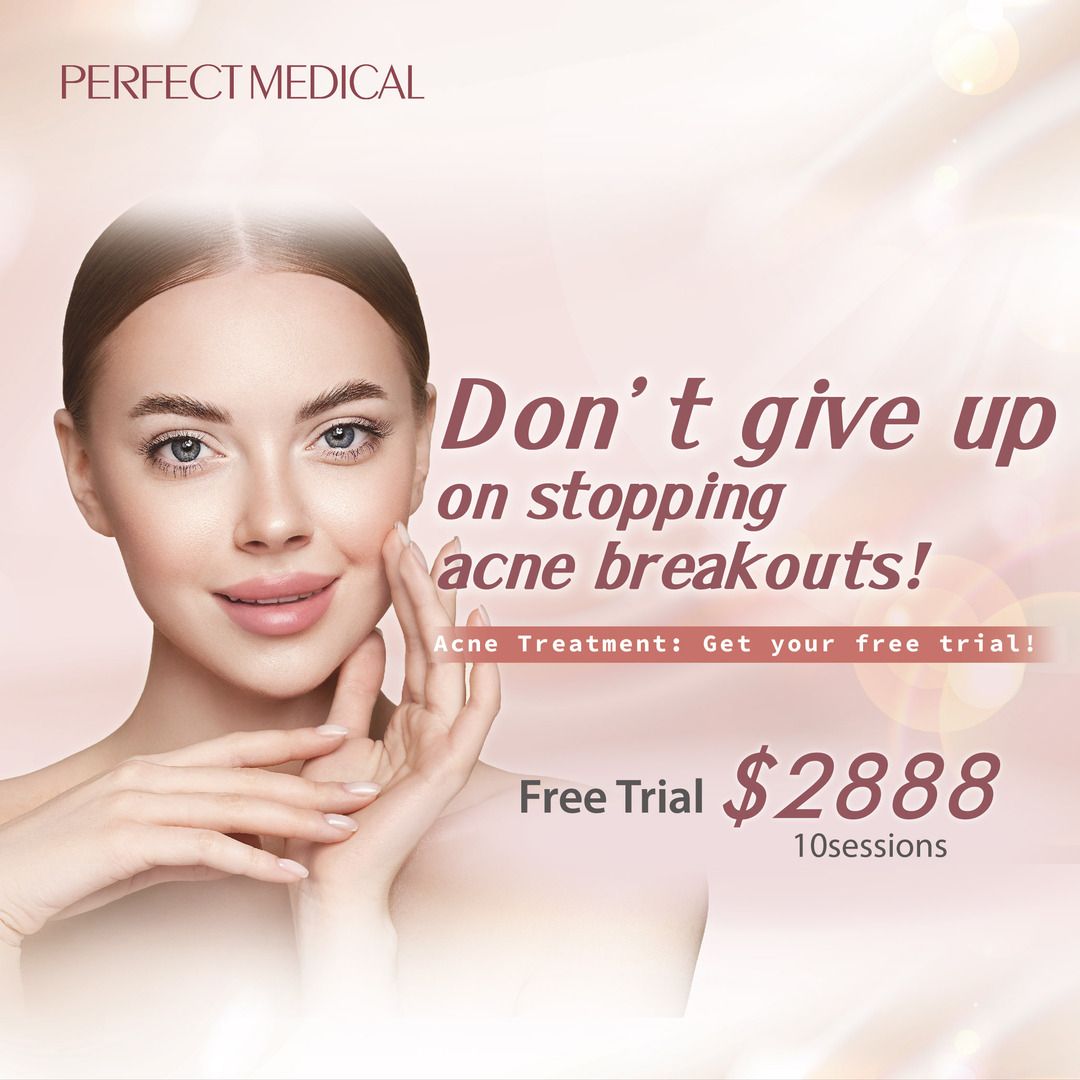
4
How Often Should You Use a Facial Cleansing Brush?
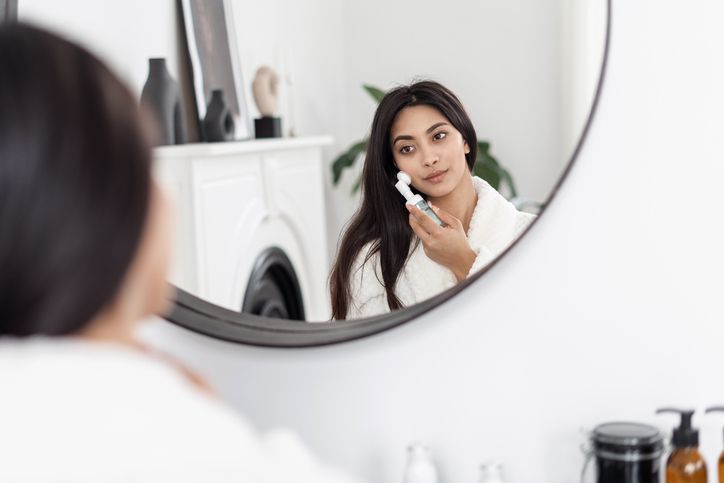
Oily Skin
Dry Skin
Sensitive Skin
Combination Skin
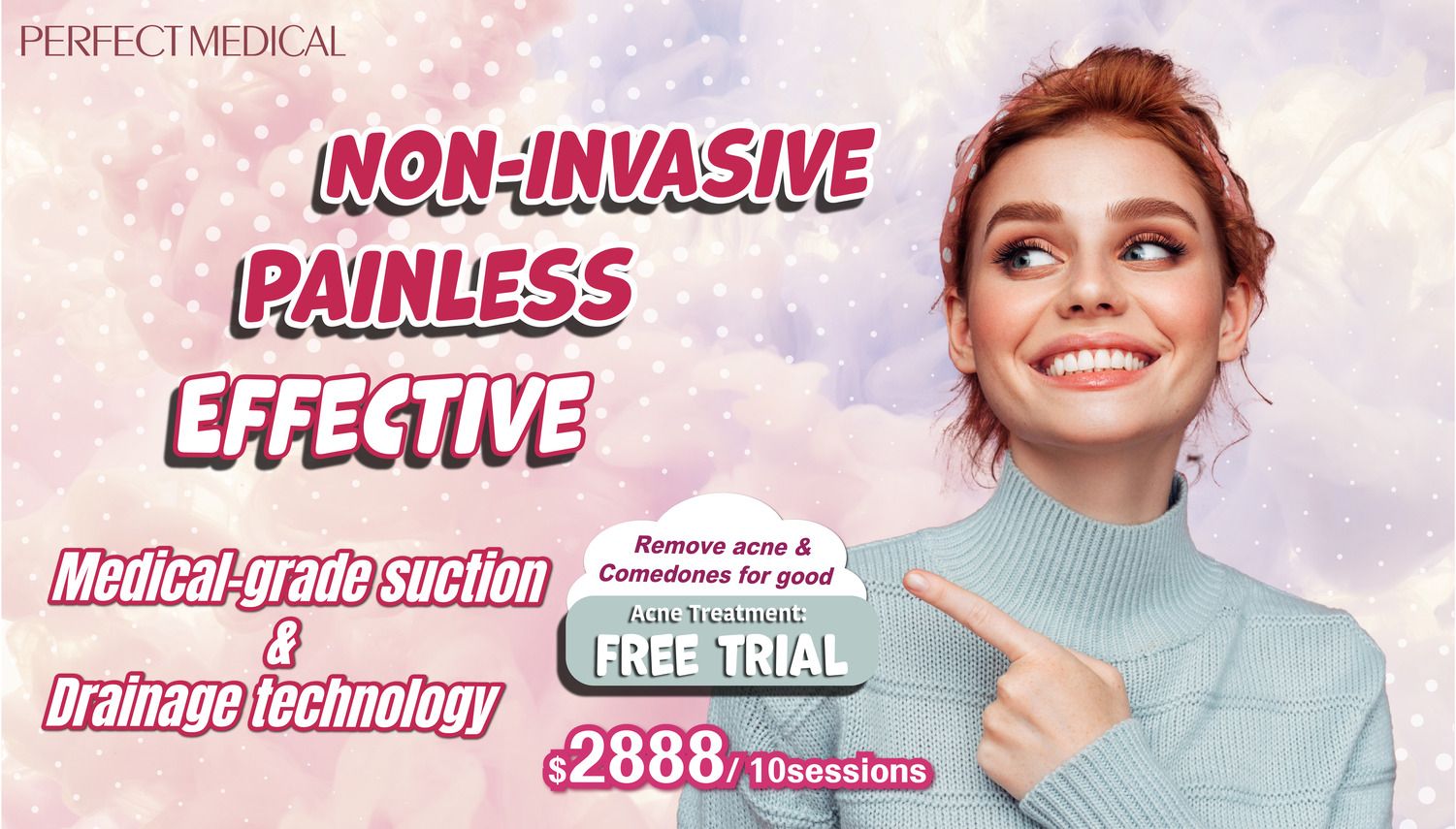
免費體驗
Acne Treatment
1 Minute Self-Registration
Date should not be before minimal date
5
Things to Consider When Using Facial Cleansing Brushes
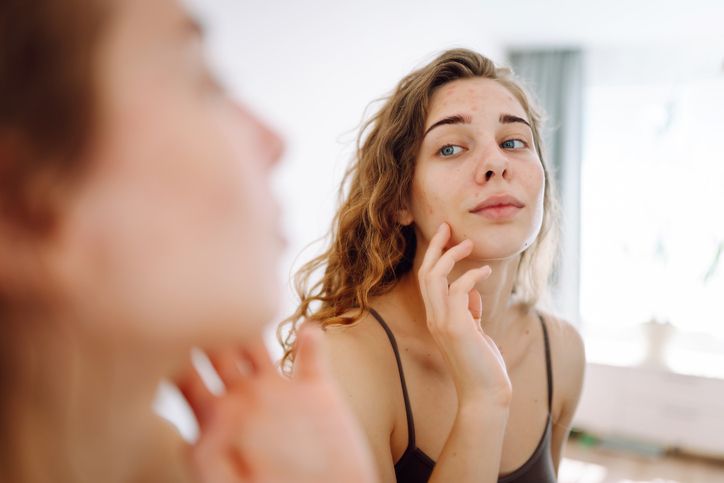
1. Over Exfoliation
2. Irritation for Sensitive Skin
3. Requires Maintenance
4. Potential for Damage to Skin

6
Combining Facial Cleansing Brush with the Acne Treatment: Best Way to Achieve Clear Skin

How the Acne Treatment Works
Major Advantages of the Acne Treatment
Combining the Two
Which is Right for You?
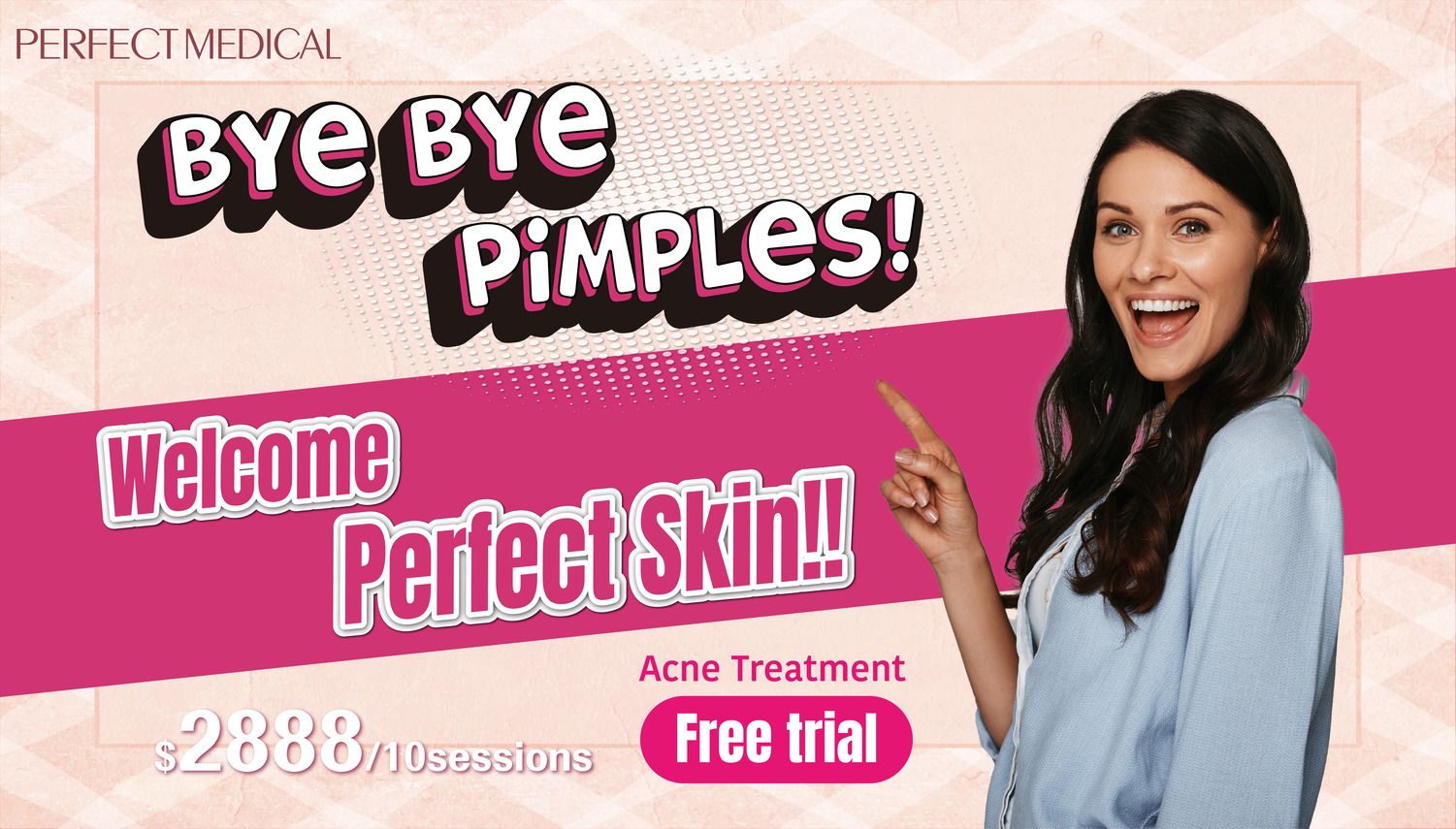
免費體驗
Acne Treatment
1 Minute Self-Registration
Date should not be before minimal date
FAQ

1. Can a facial cleansing brush help with acne?
Yes, a facial cleansing brush can be beneficial for acne-prone skin. It helps to unclog pores, remove dead skin cells, and exfoliate gently, which can reduce the chances of blackheads and pimples forming. However, it works best as part of a regular skincare routine and may not completely eliminate acne without additional treatments like the Acne Treatment.
2. How do I choose the best facial cleansing brush for sensitive skin?
For sensitive skin, it’s important to choose a gentle brush with soft bristles or a silicone brush head. These options will provide effective exfoliation without causing irritation or redness. Be sure to use the brush on the lowest setting to avoid harsh scrubbing that could harm delicate skin.
3. Is it safe to use a facial cleansing brush every day?
Using a facial cleansing brush every day depends on your skin type. For oily skin, daily use is generally safe, as it helps control oil and prevent clogged pores. For dry or sensitive skin, it’s best to use the brush 2-3 times a week to avoid over exfoliation and irritation.
4. Can a facial cleansing brush help with enlarged pores?
Yes, regular use of a facial cleansing brush can help reduce the appearance of enlarged pores. By deeply cleaning the skin and removing excess oil and dirt, the brush helps prevent pores from becoming clogged, which can make them appear larger. Additionally, it can help stimulate collagen production, which may improve skin elasticity over time.
5. How does the Acne Treatment differ from a facial cleansing brush?
The Acne Treatment goes deeper than a facial cleansing brush. While the brush cleans the surface of the skin, the Acne Treatment uses vacuum dermabrasion technology to exfoliate deeper layers and infuse medical-grade hydrating essence to address the root causes of acne, such as excess sebum and bacterial growth. Combining both can enhance results for clearer, healthier skin.









